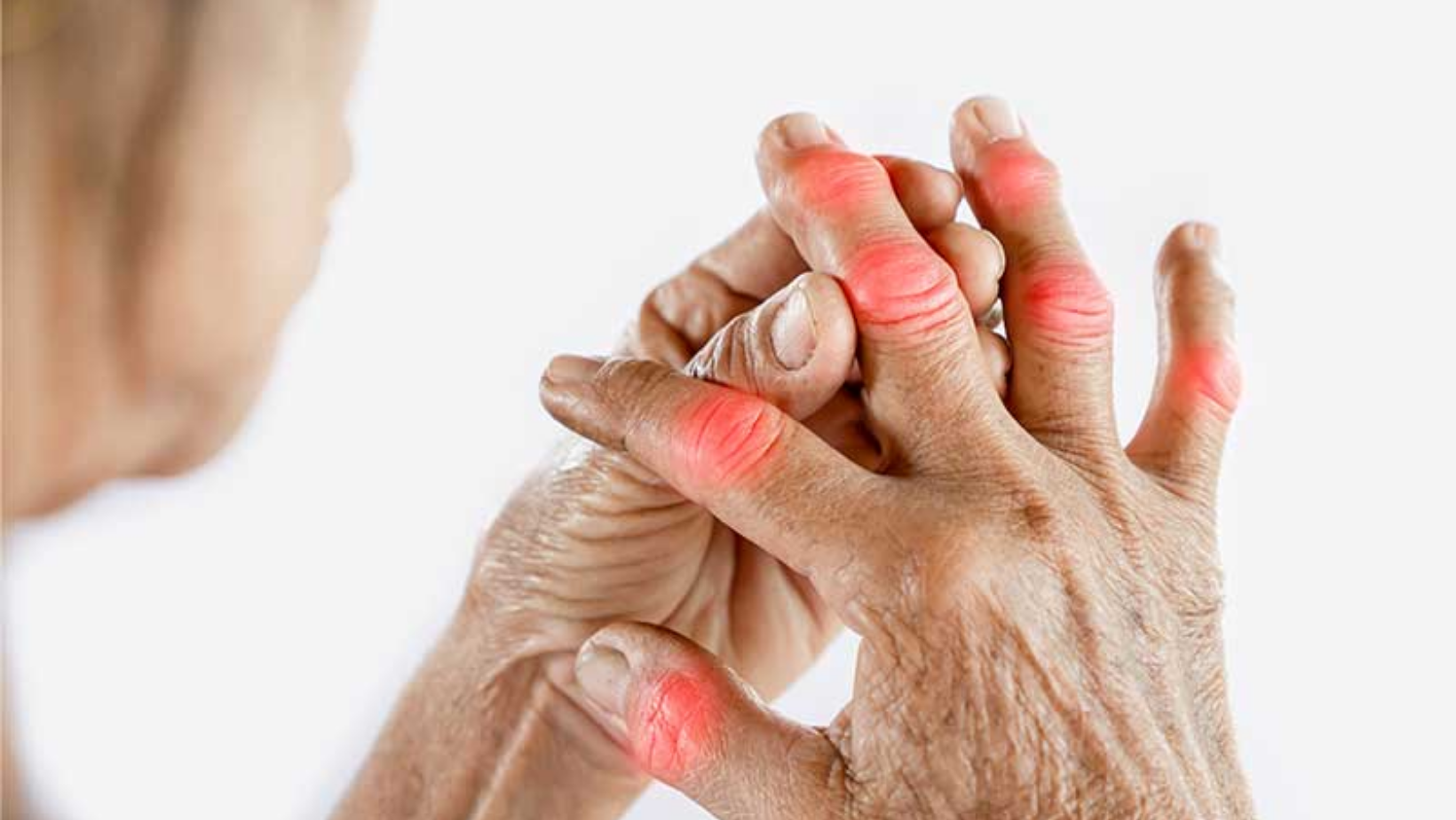Category
Arthritis is a term used to describe a group of inflammatory joint disorders that cause pain, swelling, stiffness, and decreased mobility.

Have any questions?
If you have any questions, feel free to contact us at [email protected]. A member of our support team will help you shortly.
Share this blog
Fatigue
Energy
Stress
Sleep
Arthritis is a term used to describe a group of inflammatory joint disorders that cause pain, swelling, stiffness, and decreased mobility. With over 100 different types, arthritis affects people of all ages, genders, and backgrounds. This article explores the various types of arthritis, delves into the common causes, and provides insights into effective management strategies for this prevalent condition.
Osteoarthritis is the most common form of arthritis and occurs when the protective cartilage that cushions the ends of bones wears down over time. It commonly affects the joints of the hands, knees, hips, and spine. OA is often associated with ageing, joint overuse, or joint injuries.
Rheumatoid arthritis is an autoimmune disorder where the immune system mistakenly attacks the synovium, the lining of the membranes that surround the joints. This results in inflammation that can eventually lead to joint damage. RA commonly affects the joints in the hands, wrists, and knees.
Psoriatic arthritis is a type of arthritis that affects some people with psoriasis, a skin condition characterized by red, scaly patches. PsA can cause joint pain, stiffness, and swelling and may affect any joint, including the fingertips and spine.
Ankylosing spondylitis is a chronic inflammatory arthritis that primarily affects the spine. It can lead to the fusion of vertebrae, causing stiffness and immobility. AS may also affect other joints and organs.
Gout is arthritis caused by the buildup of uric acid crystals in the joints. It typically affects the big toe but can involve other joints as well. Gout attacks can cause sudden and severe pain, swelling, and redness.
Juvenile arthritis is a term used to describe arthritis that occurs in children. It includes several types, such as juvenile idiopathic arthritis, juvenile rheumatoid arthritis, and juvenile lupus arthritis. The symptoms may vary, but joint pain and swelling are common.
Evidence suggests that certain genetic factors may predispose individuals to various types of arthritis. If there is a family history of arthritis, the risk of developing the condition may be increased.
Autoimmune disorders, where the immune system mistakenly attacks the body's tissues, play a role in some forms of arthritis, like rheumatoid arthritis and psoriatic arthritis.
The risk of developing arthritis increases with age. Osteoarthritis, in particular, is more common in older individuals due to joint wear and tear over time.
Joint injuries, such as fractures or dislocations, can increase the risk of developing arthritis. Common injuries may lead to the accelerated breakdown of cartilage.
Some infections, such as bacterial or viral infections, can trigger joint inflammation and contribute to the developing certain types of arthritis.
Factors such as obesity, which puts extra stress on weight-bearing joints, and a sedentary lifestyle, can contribute to the development and progression of arthritis.
Conditions like diabetes and metabolic syndrome may be associated with an increased risk of developing arthritis, particularly osteoarthritis and gout.
Various medications, including nonsteroidal anti-inflammatory drugs (NSAIDs), disease-modifying antirheumatic drugs (DMARDs), and biologics, can help manage arthritis symptoms and slow disease progression.
Physical therapy is a crucial component of arthritis management. Therapeutic exercises can help improve joint flexibility, strengthen supporting muscles, and reduce pain.
Maintaining a healthy weight is essential, especially for individuals with osteoarthritis. Losing excess weight can reduce stress on weight-bearing joints and alleviate symptoms.
Joint protection techniques, such as using assistive devices, practising good posture, and avoiding repetitive motions, can help reduce common strain and protect against further damage.
Adopting a balanced and nutritious diet can play a role in managing arthritis. Certain foods, such as those rich in omega-3 fatty acids and antioxidants, may have anti-inflammatory effects.
Applying heat or cold to affected joints can help alleviate pain and reduce inflammation. Warm baths, heating pads, and cold packs are commonly used with other treatment modalities.
Stress can exacerbate arthritis symptoms. Stress management techniques like meditation, deep breathing exercises, and mindfulness can help reduce overall stress levels.
In severe cases where joint damage is extensive, surgical interventions such as joint replacement surgery may be recommended to relieve pain and improve joint function.
For individuals with arthritis affecting the feet, wearing supportive and comfortable footwear can help alleviate symptoms and improve mobility.
Regular medical check-ups with healthcare professionals, including rheumatologists and orthopaedic specialists, are crucial for monitoring arthritis progression and adjusting treatment plans.
Arthritis, with its diverse types and causes, requires a multifaceted approach to management. Understanding the specific type of arthritis and addressing contributing factors, such as genetics, lifestyle, and autoimmune processes, is critical to developing an effective management plan. With the right combination of medications, lifestyle adjustments, and supportive therapies, individuals with arthritis can optimize their quality of life and maintain joint function for years. Seeking timely medical advice and adopting a proactive approach to arthritis management can significantly improve outcomes and enhance overall well-being.